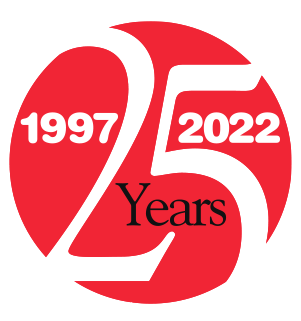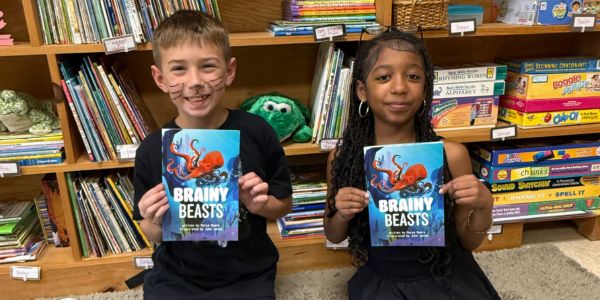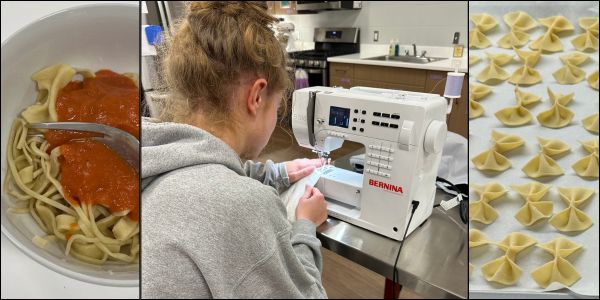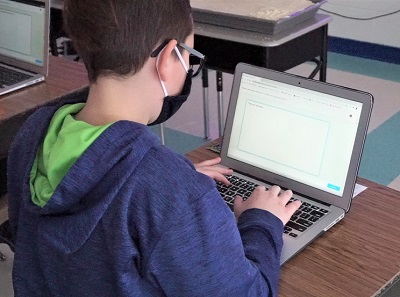
How Nearpod engages 5th graders and accelerates learning at Kissel Hill.
September 19, 2021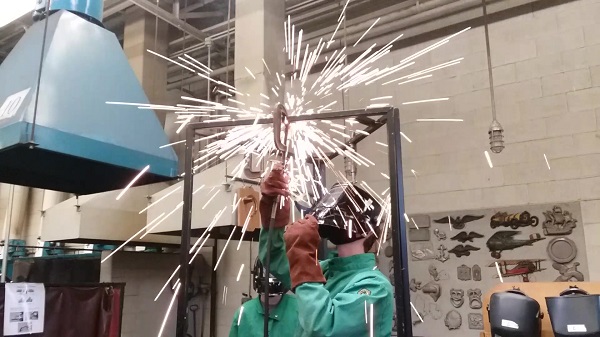
How auto-darkening helmets protect Warwick High welders.
February 12, 2022Doodling in 3D at Bonfield Elementary
How 3D Doodling connects art, technology, and library skills for Bonfield students.
Two-dimensional doodling has been around since our cave-dwelling ancestors first scratched symbols on limestone walls. U.S. presidents since Jefferson put pen to paper to draw their ideas (he sketched a macaroni-making machine) or just focus their minds during meetings (see the sailboat Kennedy drew when contemplating the Cuban blockade). There’s even a National Doodle Day.
Sunni Brown, who’s written a book on the subject, says “you can use doodling as a tool … to change your physical and neurological experience…. It’s a calming activity that can help people go from a frazzled state to a more focused one.”
If “more focused” sounds useful in an elementary school classroom, imagine what three-dimensional doodling can do.
Art teacher Carrie Woody and librarian Jenny Fry used a grant from the Warwick Education Foundation to buy 3D Doodling pens for their classes at J. R. Bonfield Elementary School.
3D Doodling is related to, but different from, 3D printing. Using special pens that extrude a soft polymer that air-dries into a firm shape, students quickly begin to draw in three dimensions instead of two.
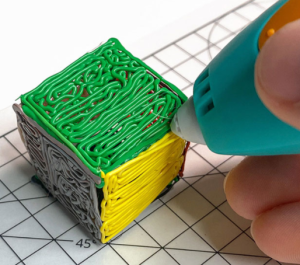
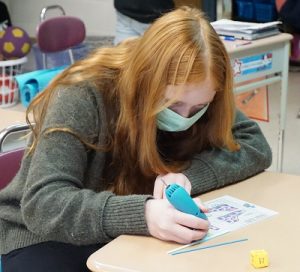 What they can imagine, they can draw. From simple shapes to some astonishingly complex projects
What they can imagine, they can draw. From simple shapes to some astonishingly complex projects
It can be very precise, or freestyle and flexible. It can be drawn from the imagination, or from a description or an image—anything from a simple cube to a multi-story home, from a single beach umbrella to a team of sea turtles rolling a coconut along the shore on a tropical island.
“Whatever you draw comes to life,” says one Bonfield doodler. “And you can make pretty much anything you want.
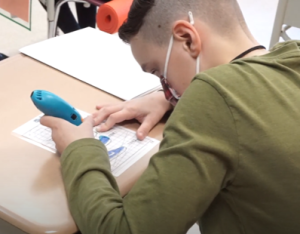
“The 3D Doodle Pen is an opportunity to bring technology and art together with library skills” says Carrie Woody. She and Jenny Fry help students find 2D images to translate into 3D and learn basic 3D printing skills, concepts, and methods. It’s another way Warwick students are learning by doing.
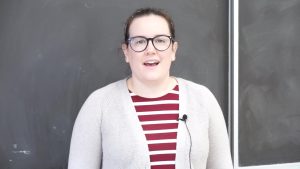 3D Doodling also connects different fields of knowledge. It’s the kind of cross-disciplinary learning shaping tomorrow’s architects, designers, sculptors, city planners, researchers, and vocations not yet imagined.
3D Doodling also connects different fields of knowledge. It’s the kind of cross-disciplinary learning shaping tomorrow’s architects, designers, sculptors, city planners, researchers, and vocations not yet imagined.
You can’t always see the long-range impact of your giving. But when kids get excited about learning, and give shape to what they imagine working with tools you gave them, we think it makes a definite impact on their lives and future success.

